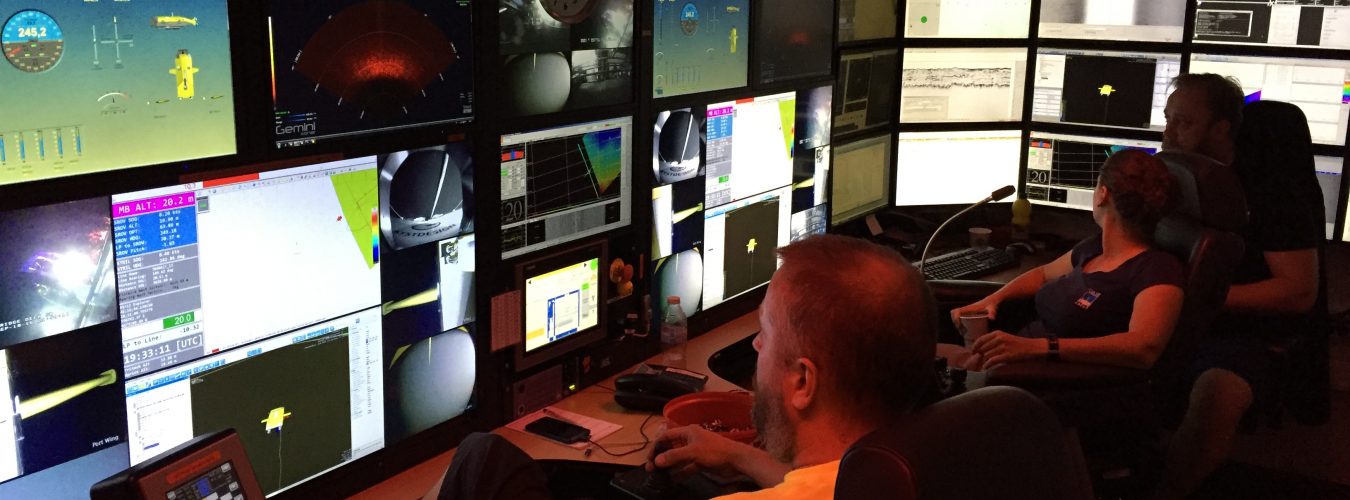On November 15th, twenty-something intrepid archaeologists began their journey to deepest, darkest Cornwall. The trip got off to a fairly inauspicious start, with one person being left behind. Nevertheless, in true archaeological spirit, we soldiered on. Following a long yet fairly uneventful drive, we made it to Falmouth. Finding the boat store, however, proved more difficult, and we began to wonder if Julian’s set of directions were in fact our first test. After a few wrong turns, dead-ends and numerous phone calls, we did finally make it, and began selecting our boats.
The selection process became something like a nature documentary, with students laying claim to their boats like lions to a kill, growling at any challengers. Fortunately, it all ended up being sorted peaceably, with most groups happy in their chosen boat… for the moment. Next came the baselines, which gained an almost spiritual status over the course of the weekend. Many a shout of, ‘watch the baseline,’ or, ‘don’t touch the baseline,’ could be heard called or sometimes screeched over the next few days. That sorted, we headed back to the hostels for a quick stop before we sampled Falmouth’s excellent fish, chips and, of course, beverages.
Day 2:
The boat chosen by my group was called Sunshine, a Sunderland half-coble, foy boat. She initially drew our eye due to the fact that she was clinker built. In our hasty decision making, however, we failed to account for several details: her irregular, multiple frames and the wonky planking, for instance – aspects that were going to prove ‘interesting’ over the next few days.
Our first full day was spent coming to terms with the basic techniques in boat measurement and recording, and working out the most efficient ways to work in our groups. Needless to say, this took some time! That being said, a full day of work saw us get the vast majority of our plan done, and we begin to make a start on the cross-sections.
Saturday night was spent unwinding at the local pub, where we tested the group’s expanding nautical vocabulary. As it turns out, neither Pat nor Julian approved of one student’s attempts at making chat-up lines out of boat terminology.
Day 3:
A bit of a lie-in was allowed to recover from all the… boat recording. We then set off to visit the National Maritime Museum in Falmouth, where we got to see their excellent exhibits and to sit in the reconstructed, stitched Bronze Age boat. After prying Julian away from the model boat sailing, we headed back to our boats to continue with our recording.
Rejuvenated after our morning off, we got to work on our half and cross sections, as well as collecting working shots and photos of individual features. Fortunately, our work on Saturday had improved our techniques and so things moved along slightly more quickly. Nevertheless, it was a late one and there were a few frustrating moments (with the odd piece of nautical language overheard).
Sunday night was inevitably spent bidding farewell to the now familiar haunts of Falmouth as we rounded off what had been a great weekend.
Day 4:
Monday morning saw us putting the finishing touches to our cross sections and plans. In some cases, as in ours, ‘finishing touches’ implied some fairly feverish activity! Fortunately, we managed to get all of our cross-sections finished and get everything tidied away in time before we began the drive back to Southampton…via Stonehenge (which was, of course, intentional).
As a group, we ended up leaving Falmouth tired but happy, and with some lines on our drawing boards that were at least vaguely boat shaped.

